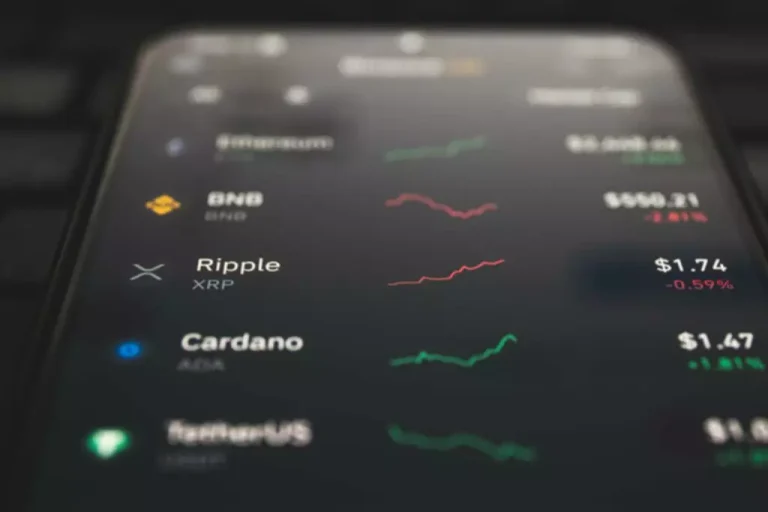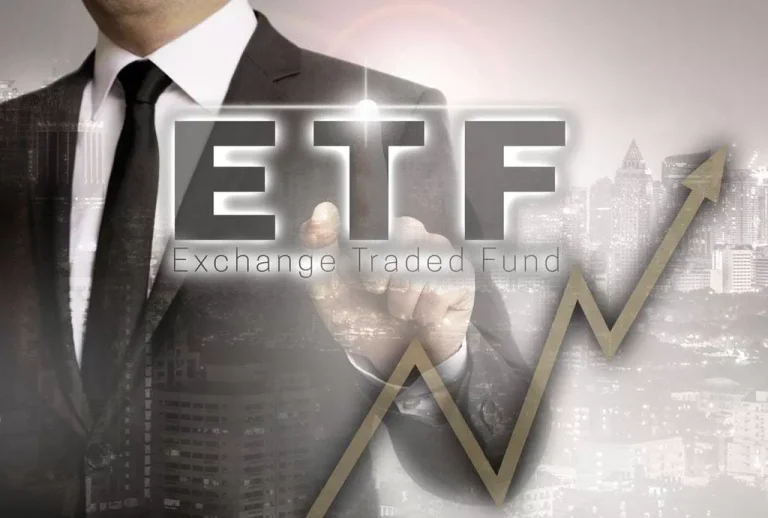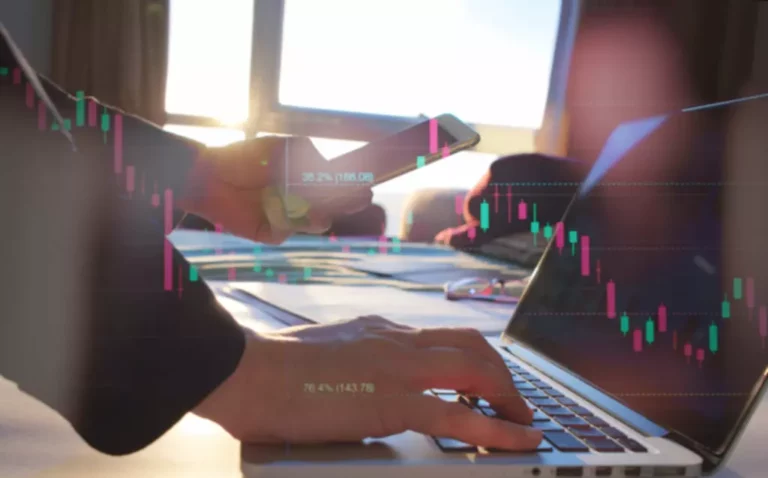Content
As expected, this volatility worsened displayed market quality indicators such as bid-ask spread and quoted liquidity. These indicators remain diminished compared to earlier in the year, even as average daily volumes continue to rise. Real traders, who transact in the market based on their own evaluations and expectations of market movements, only make up 10% of the total volume in US markets. The traders utilize trading volume as one of the factors used in their technical analysis while considering market trades. On a volume-by-timeframe chart, each bar represents a specific time interval Proof of personhood and the height of the bar indicates the volume traded during that interval. The bars are usually color-coded to indicate the strength of buying and selling activity.

Historical Options NewsISE/GEMX/MRX
U.S. equity market volumes have been remarkably high since the end of February 2020 and, notably, the volume composition changes as the market moves through the current crisis. With the market awash in volume, we have seen little corresponding benefit to liquidity https://www.xcritical.com/ for institutional order flow. Not only did the stock price soar, but the trading volume also spiked dramatically, reflecting intense investor interest. Nvidia became the talk of Wall Street, and the high volume underscored this narrative.
- Low-volume assets have fewer buyers and sellers, and therefore it may be harder to enter or exit at a desired price.
- These are generally sharp moves in price combined with a sharp increase in volume that signals the potential end of a trend.
- One such term is the Average Daily Trading Volume (ADTV), an essential metric that provides insight into the liquidity of a particular security.
- This means that this asset is currently used in a much larger number of trades than the average for a certain period.
- All data considered, only three of the ten leading pairs exhibited decreases in daily volume share.
- These volume-based indicators can provide valuable insights into market behavior and help traders make more informed decisions.
Why volume is useful for investors
The stock trader has more than 50% in unrealized gains from the initial positions. This occurs at Point 1 on the chart, where 23.12 million shares were traded, at an approximate value of $1.29 billion. This volume crossed above the what does high volume mean in stocks ADTV, which was 8.81 million, or about $4.92 million. If trading has only taken place on a few days the average traded value is shown. Chase’s website and/or mobile terms, privacy and security policies don’t apply to the site or app you’re about to visit. Please review its terms, privacy and security policies to see how they apply to you.

Choose a Reddit account to continue
The US dollar ranks as the most heavily traded currency worldwide, with a daily average surpassing $6.6 trillion. The greenback, as the world’s reserve currency is commonly known, was on one side of 88.5% of all currency transactions in April 2022, continuing its long-standing dominance in the forex market. Many traders and investors prefer higher average daily trading volume over low trading volume, because with high volume it is easier to get into and out of positions.

This provides a running total and shows which stocks are being accumulated. It can also show divergences such as when a price rises but volume is increasing at a slower rate or even beginning to fall. The average can also shift over time, rising, falling, or oscillating.
The maximum allocation for GE for this hedge fund is $5 million, while the minimum allocation for GE is $250,000. Investor – The low volatility and reactivity of high-volume stocks can create a competitive environment for investors, leading to higher prices. Less Volatility – High volume stocks are less volatile as price changes are more fluid with the high volume of transactions processed. Reactivity – Because trades are less frequent and there are usually fewer shareholders invested in low-volume stocks, low-volume stocks are more likely to move on news events.
This trend continued in April 2024 when non-derivatives generated $998 billion in average daily turnover (up 24.1% from October 2023) and secured a 92% market share. Average daily trading volume (ADTV) is a metric used in trading to assess the liquidity and activity level of a security, such as a stock, bond, or commodity. It represents the average number of shares or contracts traded over a specific period, typically measured on a daily basis. ADTV is calculated by dividing the total trading volume of the security over a specific period by the number of trading days in that period. The average amount of individual securities traded in a single day or over a specified amount of time.
The chart is typically located below the price chart, or it can be overlaid on top of the price chart. Volume-by-timeframe is used to display the trading volume of a security over a specific time period. For instance, a trader may choose to focus on securities with high ADTVs as these are considered liquid and can accommodate large trades without causing significant price movements.
Average daily value is a computation of the average dollar amount of a stock that is, on average, traded daily. The EUR/USD ranks as the most traded currency in the US for October 2023 when it recorded $215.3 billion in total turnover, with spot transactions making up 44% of this amount. The USD/JPY posted the second-highest daily trading volume of $127.3 billion from spots, forwards, options, and forex swaps. It is anything but surprising that three of the world’s largest economies (the UK, the US, and Japan) rank among the top 5 countries with the most significant daily trading volumes. The United Kingdom captured the first place with $3.76 trillion, right behind the United States whose average daily turnover stands at $1.91 trillion as of April 2022.
FOREX.com may, from time to time, offer payment processing services with respect to card deposits through StoneX Financial Ltd, Moor House First Floor, 120 London Wall, London, EC2Y 5ET. View the latest financial news articles from the top voices in the industry. LiteFinance Global LLC does not provide services to residents of the EEA countries, USA, Israel, Russia, and some other countries. Where EMA1 is the fast volume moving average, and EMA2 is the slow volume moving average. The results of volume analysis can be used to identify a trend or correction.
This is the number of stocks bought and sold during one trading session. As a rule, the average value for a fixed period of time (usually 90 days) is analyzed. Volume of trade measures the total number of shares or contracts transacted for a specified security during a specified time period. It includes the total number of shares transacted between a buyer and seller during a transaction.
Buyers require increasing numbers and increasing enthusiasm to keep pushing prices higher. Increasing price and decreasing volume might suggest a lack of interest and this is a warning of a potential reversal. There are several other indicators and metrics that traders use alongside or instead of ADTV. Some alternatives are On-Balance Volume (OBV), Volume Weighted Average Price (VWAP), Money Flow Index (MFI), Relative Volume, Volume Price Trend (VPT), Advance/Decline Line (A/D Line), and Tick Volume.
For the first four months of 2024, the NYSE opening auction averaged 44 million shares and $2.4 billion traded per day. The information in the opening imbalance message such as paired and imbalance quantity, and book clearing price offers a view into the liquidity opportunities at the opening auction. Off-exchange share of market volume in low-priced stocks is generally higher than the overall market average, and that trend has accelerated in recent weeks. Off-exchange share has also increased substantially in S&P 500 securities, rising to over 40% in June from 36% in January and 34% in October. However, trading volume should not be used in isolation, and traders should always use it in conjunction with other technical and fundamental analysis tools.

